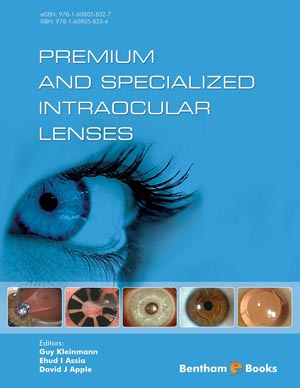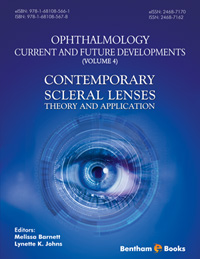Abstract
Magnifying devices for patients with macular diseases have existed for about 70 years. The development of various devices over the years is related to the evolving understanding of the physiology and optical parameters of the eye, the devices and the relationship between the devices and the eye.
In the last decade, we have witnessed a tremendous development in the field of intraocular telescopic devices. These telescopes use the optical and physiologic advantages of their intraocular location, and resolve many of the disadvantages of external or combined telescopic devices.
Although most studies are ongoing, the Implantable Miniature Telescope (IMT) is the first and currently the only FDA approved device. The IMT is also the only device known to have been studied in a large, controlled, clinical trial. Other devices, such as the Lipshitz Macular Implant (LMI) and the IOL-Vip have been studied in small series of patients only. All devices resulted in improved visual acuity in implanted patients, but a correlation to improved quality of life was not apparent. Unfortunately, there are no uniform, comparable, clinical parameters among these studies.
Intraocular telescope implantation is challenging from the aspects of surgical technique and visual rehabilitation. A low complication rate (such as endothelial cell loss) and a programmed rehabilitation process are crucial for obtaining best results from an implanted telescope.
In this chapter we describe the optical and physiological aspects of low vision aids. We present the historical background and the technological progress, including recent clinical trials, emphasizing the current evaluations of intraocular magnifying devices.
Keywords: Intraocular telescope, low vision, macular scar, end stage age related macular degeneration, Miniature telescope, treatment, visual rehabilitation.











.jpg)
